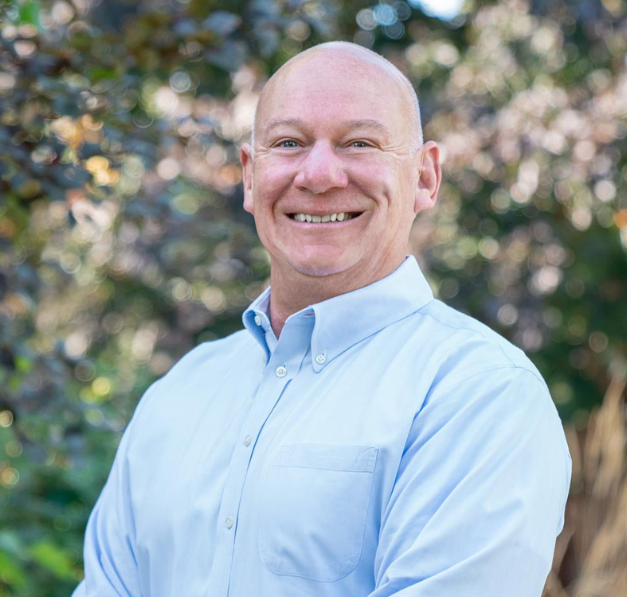A patent is a legal document granted by the government, giving an inventor exclusive rights to make, use, sell, and import an invention for a limited period. This legal protection encourages innovation by allowing inventors to profit from their inventions.
The duration of a patent varies by type. In the United States, utility patents last for 20 years from the application date, while design patents last for 15 years from the date of grant. The lifespan of patents can be different in other countries.
There are three main types of patents: Utility patents for new processes, machines, or compositions of matter; Design patents for new, original, and ornamental designs for an article of manufacture; and Plant patents for new and distinct varieties of plants.
To apply for a patent, you must submit a patent application to the United States Patent and Trademark Office (USPTO), which includes a detailed description of your invention, claims defining the scope of protection, and necessary drawings. It’s often advisable to seek assistance from a patent attorney.
A patent search involves examining existing patents and other publications to determine if your invention is new and non-obvious. Conducting a patent search before applying can save time and resources by identifying potential patentability issues early.
Ideas alone cannot be patented. To be eligible for a patent, your idea must be developed into a specific, concrete solution or method that is new, useful, and non-obvious.
Patent infringement occurs when someone makes, uses, sells, or imports a patented invention without permission from the patent holder. This can lead to legal action and potential damages.
The cost of obtaining a patent varies based on complexity, type of patent, attorney fees, and additional costs like drawings and maintenance fees. Basic filing fees for a utility patent can range from a few hundred to several thousand dollars.
A provisional patent application is a temporary application filed with the USPTO, allowing the term “Patent Pending” to be used and providing up to one year to file a non-provisional application. A non-provisional application is the formal application that starts the examination process for a patent.
A patent attorney can assist in drafting and filing a patent application, conducting patent searches, offering legal advice on patentability, and representing inventors in infringement cases and other legal matters.
After filing a patent application, it undergoes an examination process where a patent examiner reviews the application for compliance with legal requirements and assesses the invention’s novelty and non-obviousness.
Patents cannot be renewed. Once a patent expires, the protected invention enters the public domain.
If your patent application is rejected, you can respond with arguments or amendments to overcome the rejection, or appeal the decision. A patent attorney can guide you through this process.
U.S. patents are only valid within the United States. To protect your invention in other countries, you must file patent applications in those countries or through international agreements like the Patent Cooperation Treaty (PCT).
If you believe your patent is infringed, it’s advisable to consult with a patent attorney to discuss potential legal actions, which may include sending a cease-and-desist letter or filing a lawsuit.
Ideas alone cannot be patented. To be eligible for a patent, your idea must be developed into a specific, concrete solution or method that is new, useful, and non-obvious.


